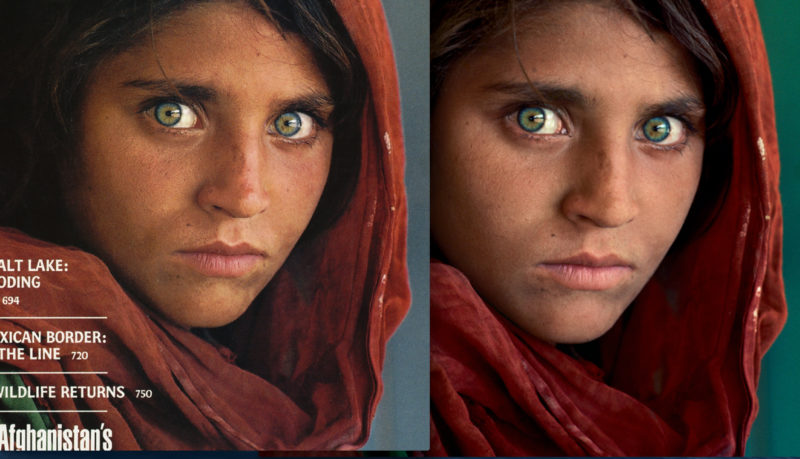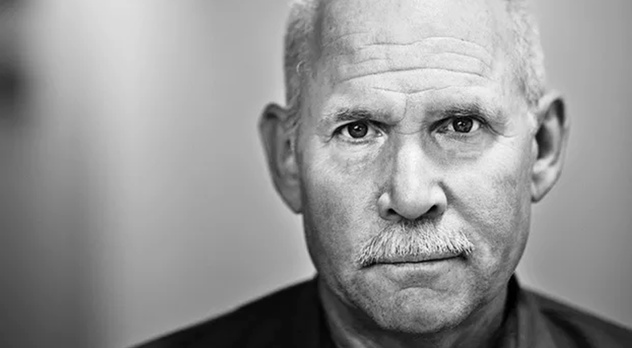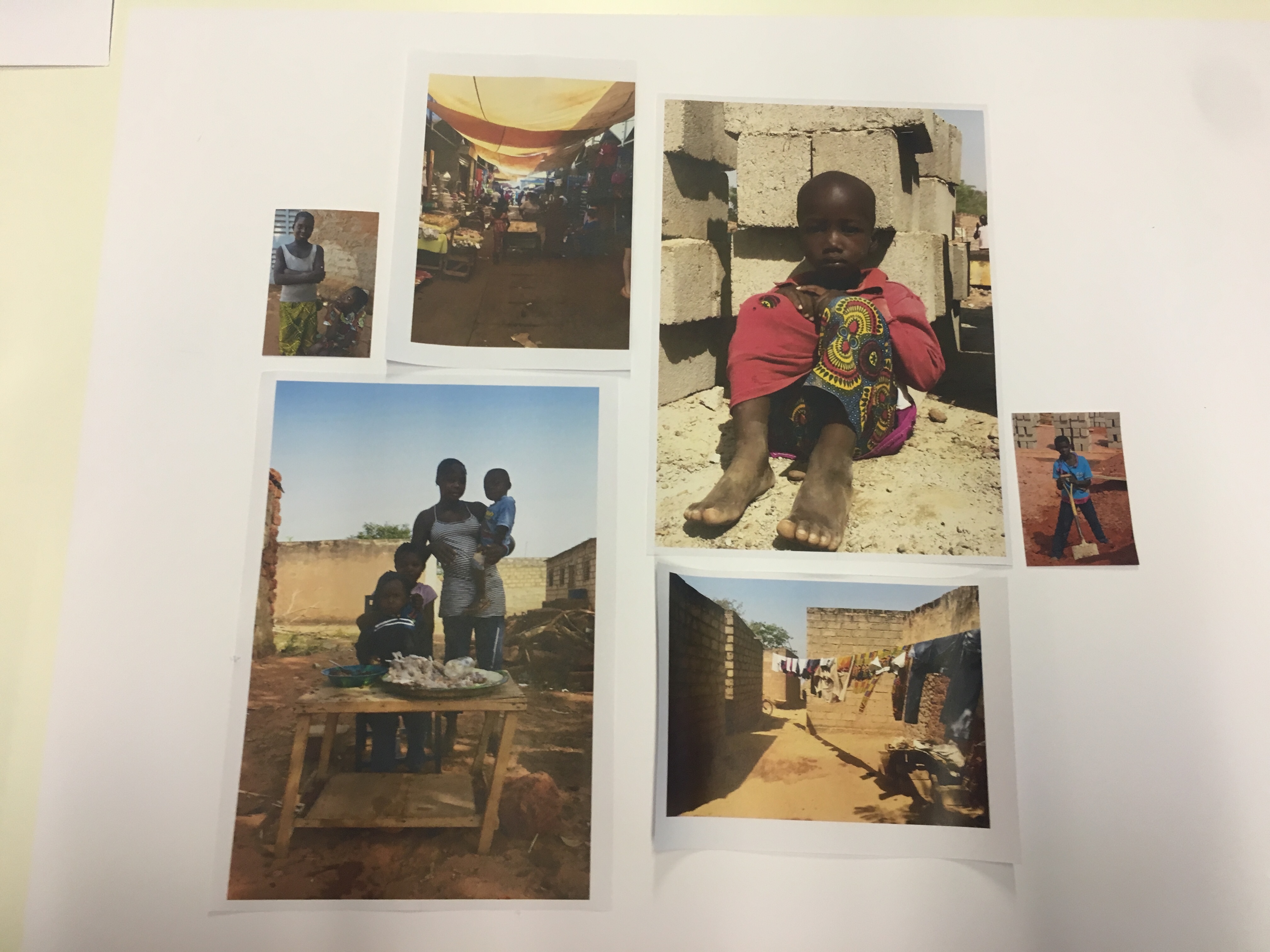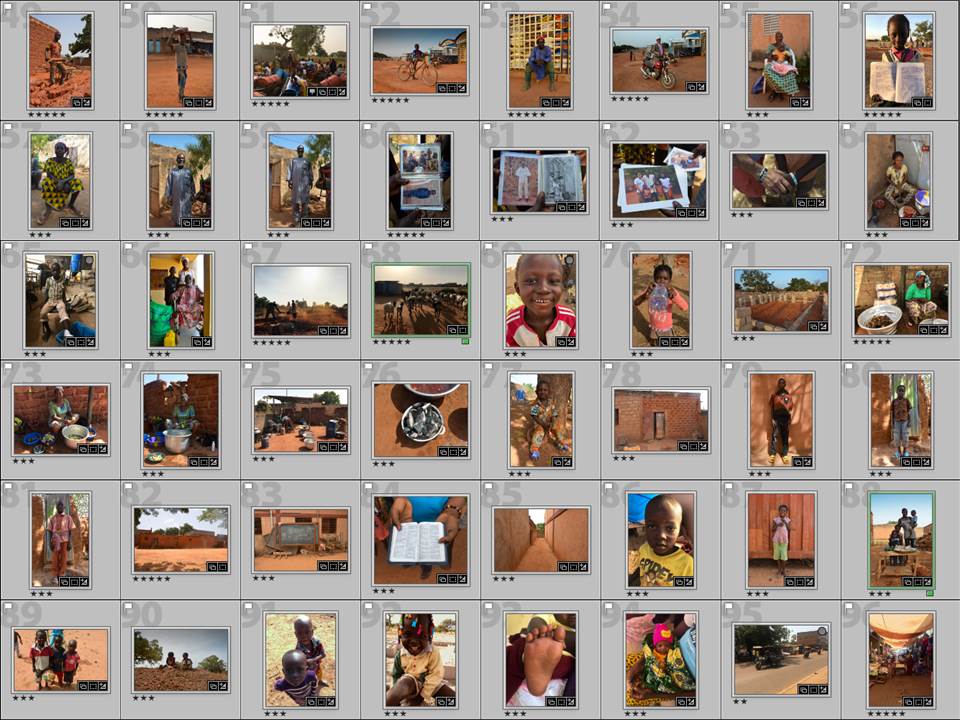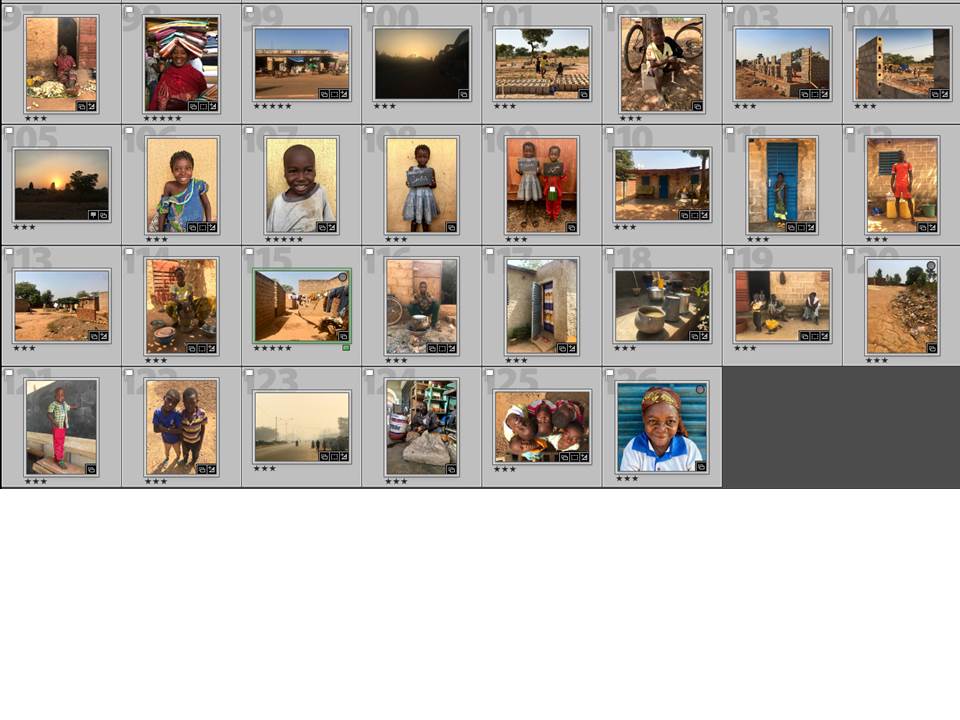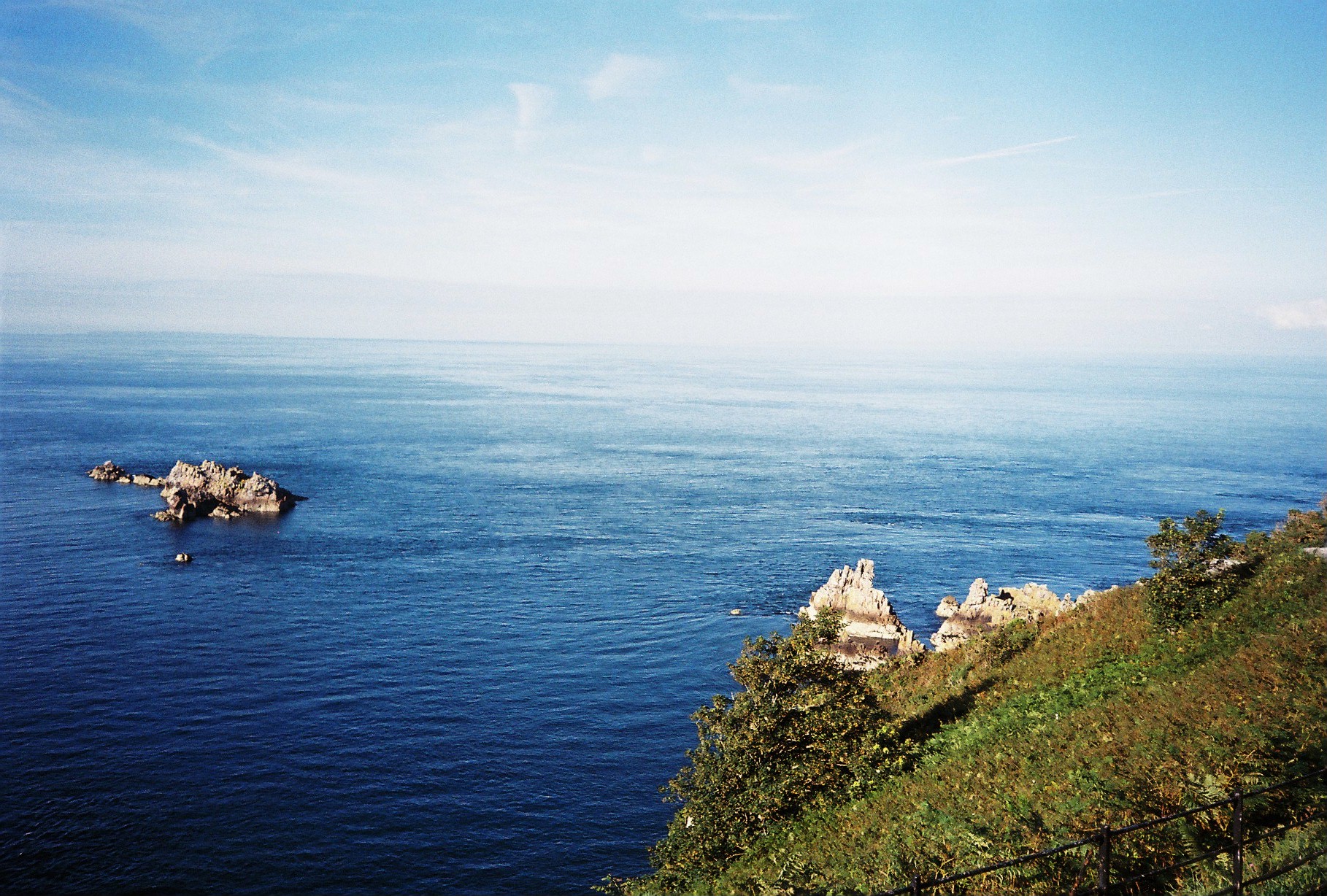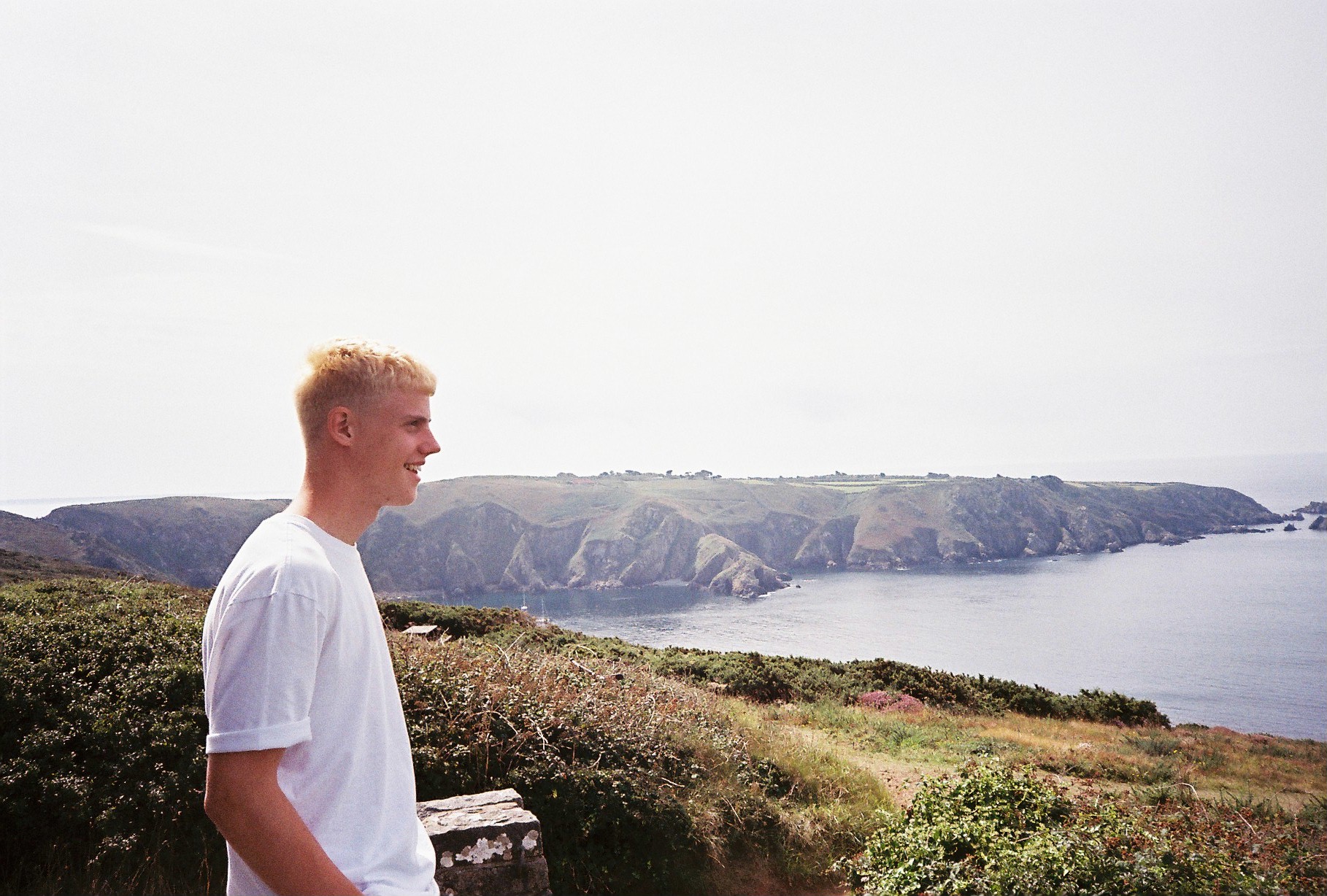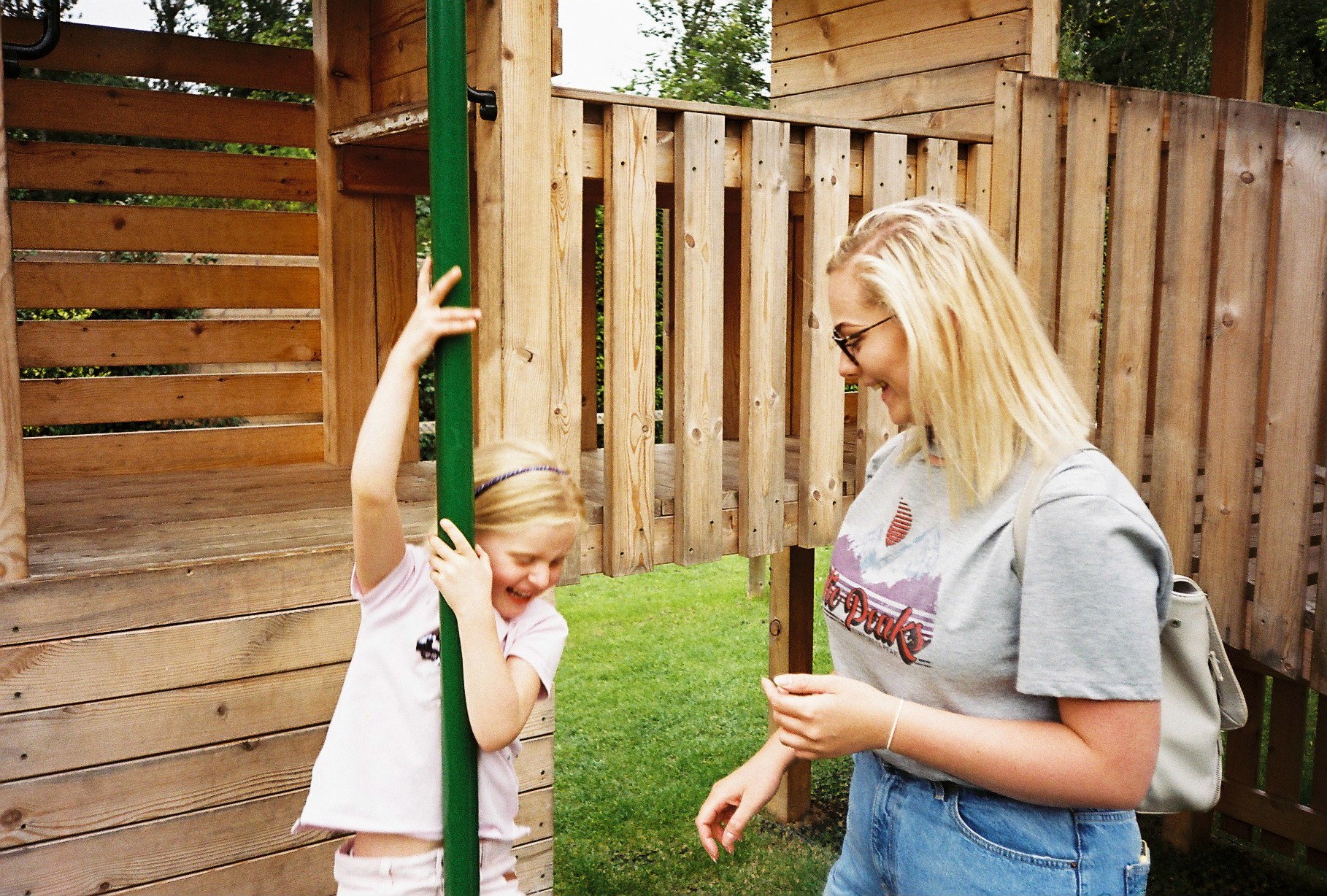
Here is a selection of old family photos I have manipulated by using different mediums such as pastels, pencils and other objects such as plastic. Each photograph has different meaning usually relating to faith or something else I felt was relevant. I then chose the three I liked the most and put them large below. Making these photos I was trying to showing a spiritual aspect to the world we live in that we can’t always see. The shadow people represent the devil and/or demons. The red crucifix represents Jesus and/or the word (bible) basically the thing that protects us from the things that are trying to bring the worst out of us. The reason I made it red to represent the blood spilled by Jesus that we, as Christians believe that he did. This is all very metaphorical which is what I was trying to achieve. I could tell you what it means to me however I would also like the viewer to take their meanings away from it. This is why I am not going into too much detail when describing these photos. All these are meant to look as if a child has drawn them as I feature in each photo as a young child. It’s showing a darkness contrast with an innocence of a child.
 This photo is showing myself being dragged away from my mum (arm in the bottom right corner) by this shadow like figure. This was meant to represent how the devil is trying to split up families, trying to make them feel separate and alone. The devil hates unity because there is strength in the that. When the accident happened, that’s exactly what could have taken place.
This photo is showing myself being dragged away from my mum (arm in the bottom right corner) by this shadow like figure. This was meant to represent how the devil is trying to split up families, trying to make them feel separate and alone. The devil hates unity because there is strength in the that. When the accident happened, that’s exactly what could have taken place.

For the photo above I drew a red crucifix over my great grandmother. My great grandmother is such a strong women of God and has such a unrelenting faith that has been tested throughout the years but has become stronger throughout that time. My great grandmother now has dementia and throughout the situation with my mum she still knew exactly what to say. I think is because she has such a strong faith in God, he is almost telling her what to say even when her brain can’t. She gets up everyday 5 o clock in the morning and reads her Bible. She can quote scripture off the top of her head, as well as sing hymns she hasn’t listened to in almost 10 years. She has such a deep-rooted faith. In this photo she is the only one to be seen giving thanks for her food. This is why I drew a red cross over her as it’s almost as if she is has it protecting her from anything that gets thrown at her.

This is a photo of myself and my brother standing next a sunflower. Using pastels I put a shadow figure in the background off in the distance, I also used red pencil to turn that sunflower into a red crucifix. This is showing that darkness or devil waiting to strike almost haunting us. However, we are protected by the red cross that our parents helped us plant. In other words our parents brought us to church from an early age planted a seed that later was up to us if we want to carry on with church and if we believed in God. Those little things like reading bible stories and taking us to Sunday school allowed us to understand and protect us from other things that may not have been helpful to us. It also gave us enough knowledge to make our own decision. The shadow figure is there to show that there is always something trying to drag us away from our faith.

These archival photos that capture my attention. Some of them captured my attention as some of them look as if a mistake was taken. However, this is why I like those kinds of photos as because of the “mistake” it makes the photo more interesting, I also was able to put a meaning with those images. The other image do not have mistakes however they are significant. I like this image, personally I know that the people in the photo are myself and my father. However, due to what seems to be a thumb over the lens the main thing that makes a persons identity and allows to be identified in a photo (the face) has been taken away. This made me think of how since the accident a parts of our identity has changed.

This image does not have a mistake however it is significant. As it is showing my mum, myself and my brother a long time ago before anything happened. I like this photo a lot.














